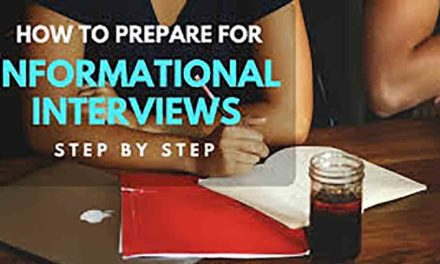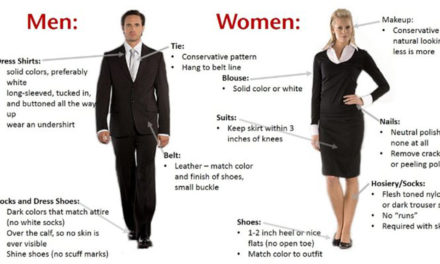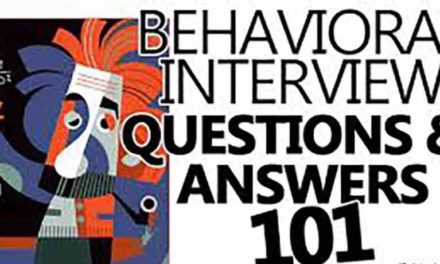There is no restriction on resumes and cover letters that are the most commonly used marketing tools in the world of work. There are occasions when both old and newly emerging tools can help to advance your job search strategy.
APPLICATION FORM
Many organizations expect job seekers to fill out an employment application form. Most will expect a resume as well.
If Not Supplying a Resume
Complete the application form in full. If you feel certain questions violate human rights, you may choose to:
- leave a blank
- place question marks after the offending questions
or - write: “will provide at the time of hire.”
- Information relating to marital status, the number of dependents and age is needed once hired for purposes of income tax deductions and benefits administration. But it is inappropriate for a company to ask for this information from job applicants.
If Supplying a Resume
Ideally, you should provide only name, address, phone number, competition number and position applied for on the application form. Then write, “See attached resume.”
It is not necessary to respond to all the questions regarding your education and employment background covered in your resume — where you control their placement and content to your best advantage. Be aware, however, that some employers may insist that you complete the application form in its entirety and may hold it against you or reject your application if you do not. You will have to judge each situation individually.
CURRICULUM VITAE
A curriculum vitae, or CV, is a more extended, more comprehensive version of a resume, which means summary. Curriculum Vitaes are used primarily in academic and international circles, which is how resume and curriculum vitae contrast.
Resume Curriculum Vitae
- 1 – 2 pages long, or could be
- 3 – 4 and up to 10 pages long
- Summary of relevant qualifications
- Comprehensive listing of qualifications
- Used in most fields of work
- Used for academic and international positions
- Used to quickly screen candidates
- Used to study credentials and biographical information
- A curriculum vitae for a research scientist would include her employment history, research projects, grants, inventions, presentations, and publications as well as honours received, professional designations, professional affiliations, and postgraduate or post-doctoral studies and dissertations. Some of these topics could be presented on separate pages, in an appendix, with a two or three page executive summary at the beginning of the CV.
To use a curriculum, vitae internationally would require including personal, biographical information as well. To omit information such as age, marital status, and health status could be interpreted to mean you are hiding something. Citing personal attributes with examples and quotes from employers, co-workers, customers, and people with status and authority is valued in the international community. As well, selecting examples of your hobbies and leisure activities that demonstrate an ability to adapt to the culture of the country you are applying to can help your cause.
In writing your curriculum vitae, use the same careful selection, organization, and wording that you do in writing a resume.
© Wordscapes® (David Turner). All Rights Reserved




